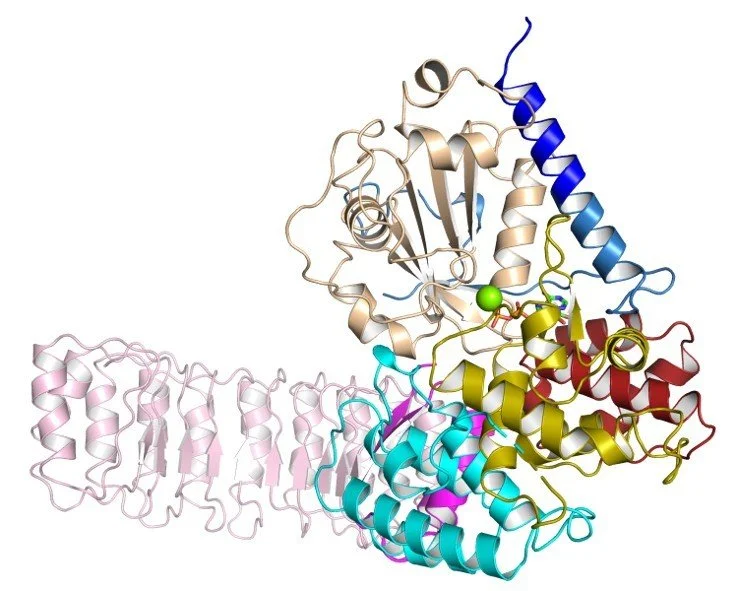
about ttx
Triterpenoid Therapeutics (TTX) is developing brain-penetrant therapeutics that target the root causes of neurodegenerative diseases and brain cancers, conditions that have resisted treatment for decades.
Our approach is unique: we simultaneously address both inflammation (through NLRP3) and cellular stress (through the ISR), two overlapping drivers of brain disease. Our lead compound, TTX-01, is designed to be the most potent triterpenoid ever developed, with proven ability to cross the blood-brain barrier and demonstrated efficacy in preclinical models.
Who We Are
OUR STORY
The design of TTX’s synthetic triterpenoids began in the mid 1990’s and involved an iterative process that transformed basic natural metabolites into highly modified analogs with potent antioxidant and anti-inflammatory effects. Each new “generation” of compounds incorporates structural changes based on improved understanding of molecular targets and biological effects, representing a constant interplay between synthetic chemistry and biomedical discovery.
Decades of Discovery
A sophisticated scaffold design that modulates the activation of natural cellular defenses against oxidative and inflammatory stress is the core foundation of TTX molecules. Each is designed and engineered to interact with cellular pathways to significantly amplify natural occurring defense mechanisms. The FDA has approved an in class therapeutic that utilizes the scaffold in treating Friedrich’s Ataxia, an orphan neurodegenerative disease. TTX is pursuing applications for its pipeline in neuro-oncology and chronic neurodegenerative disease conditions that continue to elude treatment.
Validated SCIENCE
TransformATIVE TreatmentS
The TTX pipeline demonstrates exceptional clinical potential with therapeutics that combine superior potency over earlier generation analogs with a significantly improved safety profile compared to existing NLRP3 inhibitors. With an enhanced pharmacokinetics and demonstrated efficacy at nanomolar concentrations, TTX drugs are intended to provide effective NLRP3 inflammasome inhibition without the toxic liabilities that have hindered other compounds in this therapeutic space, positioning them as a potentially safer and more effective alternative for treating inflammatory diseases where NLRP3 activation is expressed.


